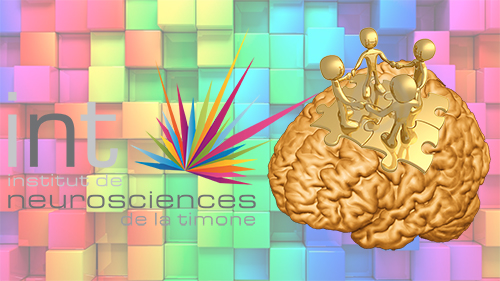|
|
|
|
Home The role of the dopaminergic reward system in multiple behaviours is increasingly well characterized. It implements the hedonic & reinforcing value of various types of stimuli related to pleasurable behaviours. More recently, a specific type of motivation, social motivation, has been introduced to explain the disorder of social cognition observed in autism spectrum disorder, and in parallel, advances have been made in the understanding of the influence of the social context on addiction. Social motivation, that underlies the seeking of social interactions, the attempt to maintain these interactions, and the pleasure felt during these interactions, would be foundational of human social interaction. Amongst the candidate, neural implementations of this social motivation (Chevallier, 2012), one appears quite specific, the oxytocine system, secreted by the hypothalamus and evolutionary related to an important aspect of social life, parturition and maternal bonding, while the other makes use of the dopaminergic reward system. Chaminade et al. (2014) recently reported an absence of modulation of hypothalamus activity by social context in ASD that was interpreted as an absence of oxytocine secretion during social interactions in these patients. Social context also has obvious consequences on addictive behaviour. One cerebral structure that seems in a good position to play a critical role in these processes is the subthalamic nucleus, since it is known to be involved in both the control of drug intake (Pelloux and Baunez 2013 for review) and emotional processes (Pelloux et al 2014; Peron et al 2012). It is time to convene together researchers working on social context motivation in relation to neuroendocrine secretions of the hypothalamus and on the dopaminergic reward system and subthalamic nucleus, to discuss the specific vs generic involvement of these systems and their functional articulation. |


